Roses – Protectors Of The Grape Vines
Ever wonder why some vineyards have roses planted throughout?
In wine regions around the world, roses are frequently planted at the perimeter of vineyards. Roses typically require the same type of soil and sun requirements as grapevines and traditionally, roses were planted as an early warning system to protect the health of the grapevines. Early detection of disease or stress on the roses alerted winemakers to take the necessary precautions to protect vines from damage. Roses also add beauty to the vineyard landscape, provide food for bees and offer habitat for beneficial insects preying on undesirable insects that can damage the grape crop.
Grapevines and roses are prone to infestation of a fungus known as powdery mildew (Oidium) that flourishes in warm, Mediterranean-type climates. During dry summer and autumn, powdery mildew is the biggest problem in local vineyards. Roses are more susceptible than grape vines, so if powdery mildew appears on the roses, it is a warning to immediately spray the vineyard with sulfur. Although sulfur does not cure powdery mildew, it will prevent it. Downy mildew is another deadly mildew that attacks all the green parts of the grape vine. Once Downy mildew is detected on the rose bushes, the grape vines are immediately sprayed with a solution of copper sulphate and lime.
Many growers also plant lavender and rosemary along with roses, near their grape vines, as the fragrant herbs repel many harmful insects and add a pleasant flavor to the wine


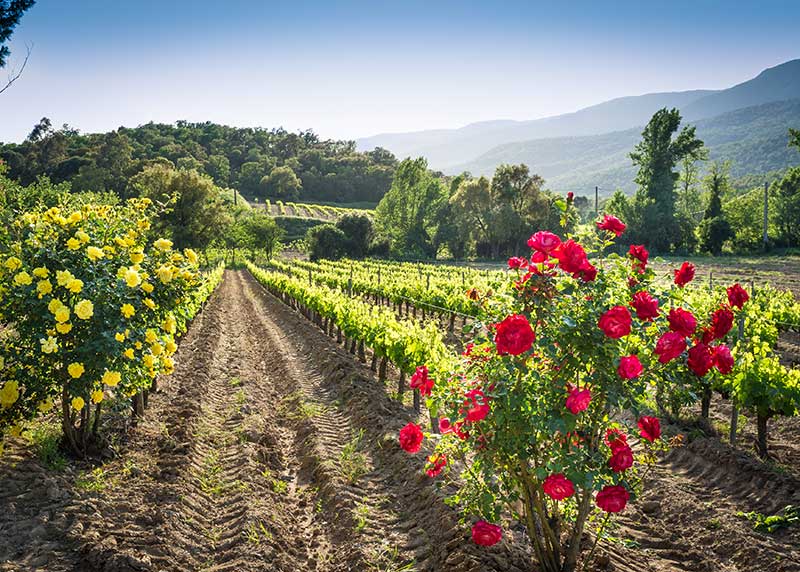
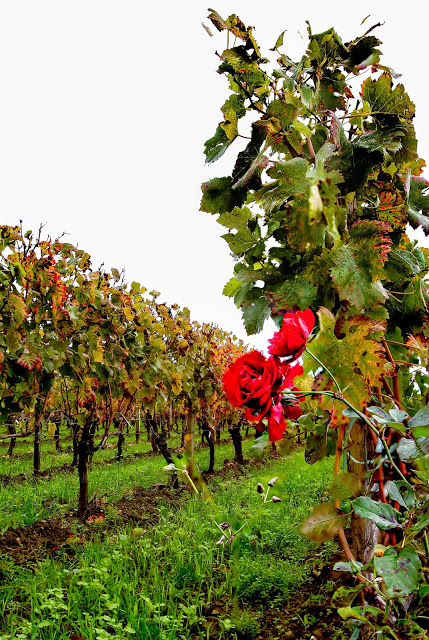
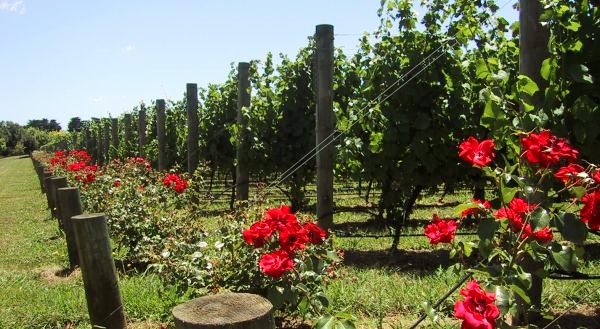
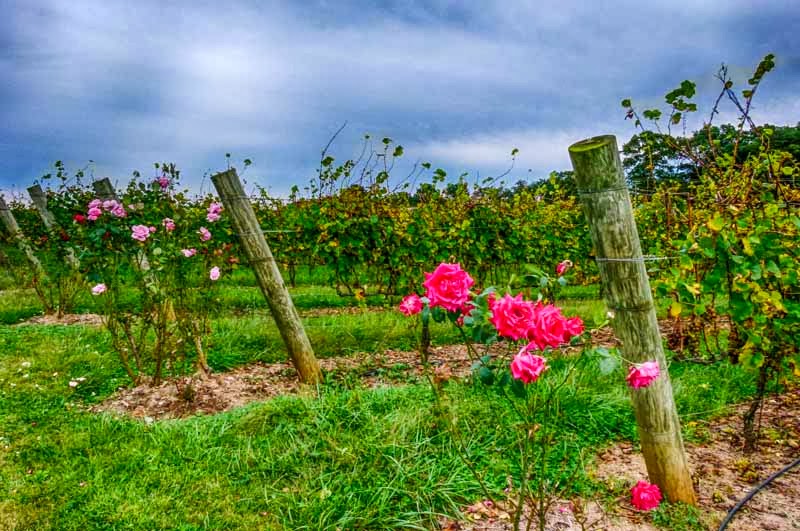

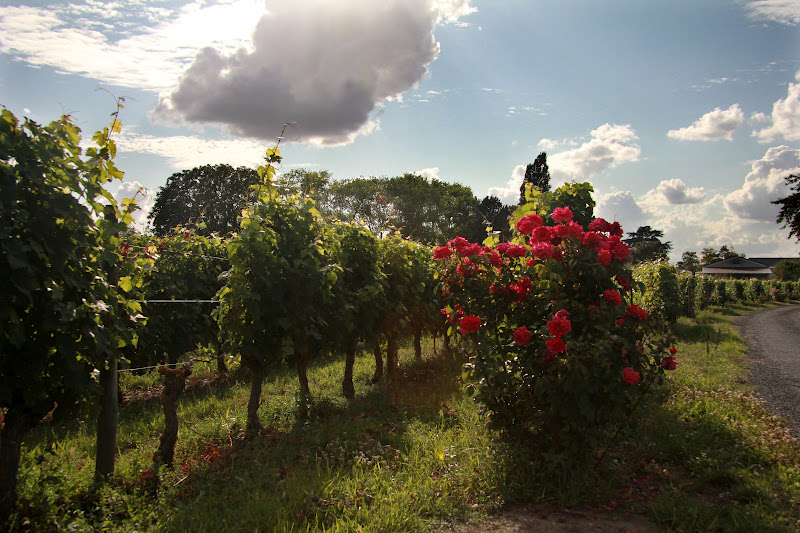

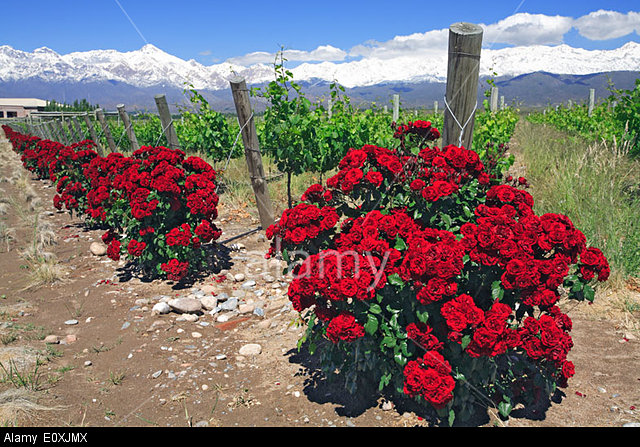
Comments are closed.